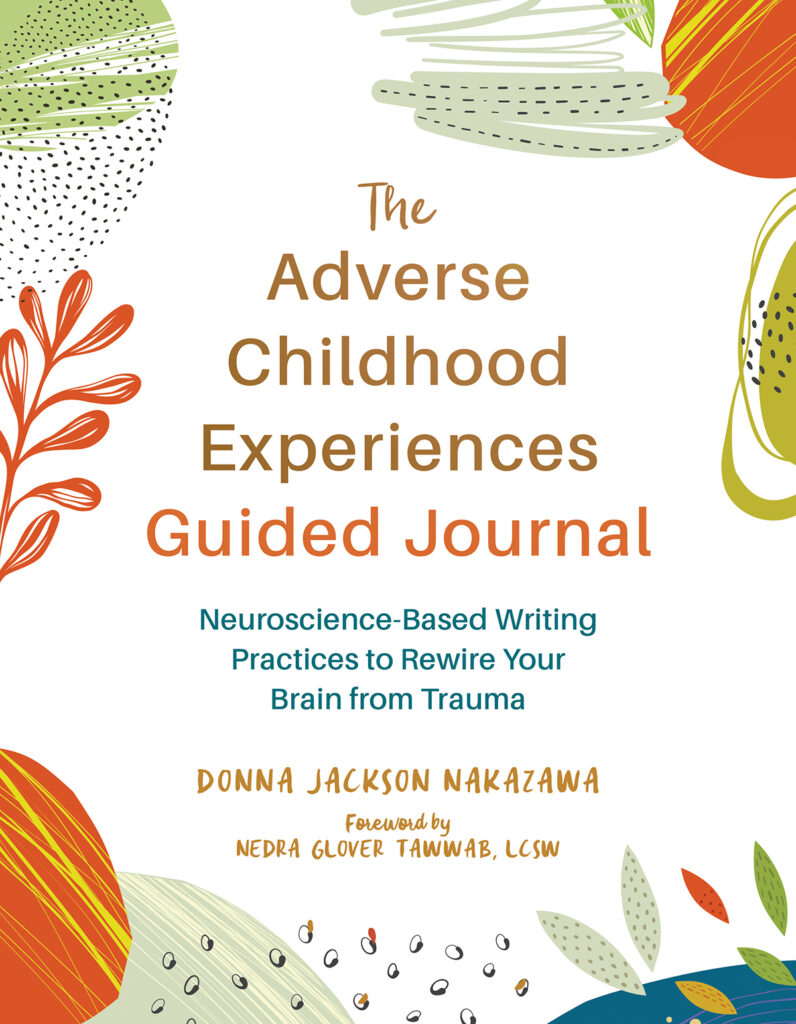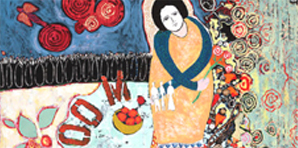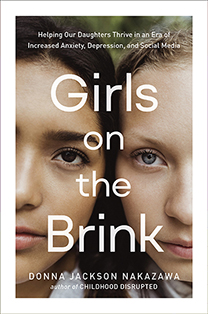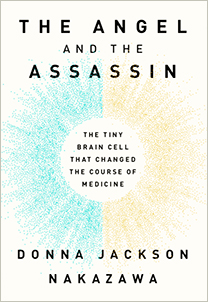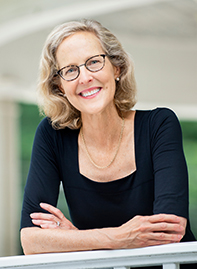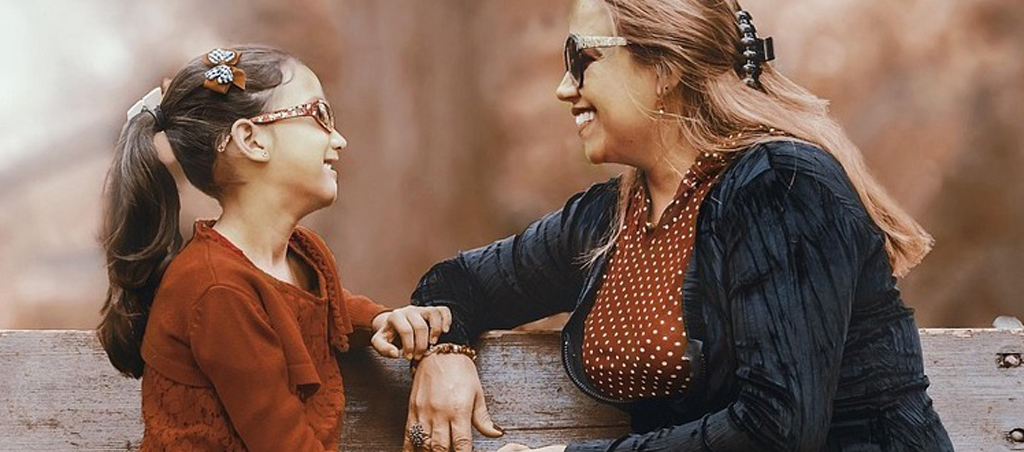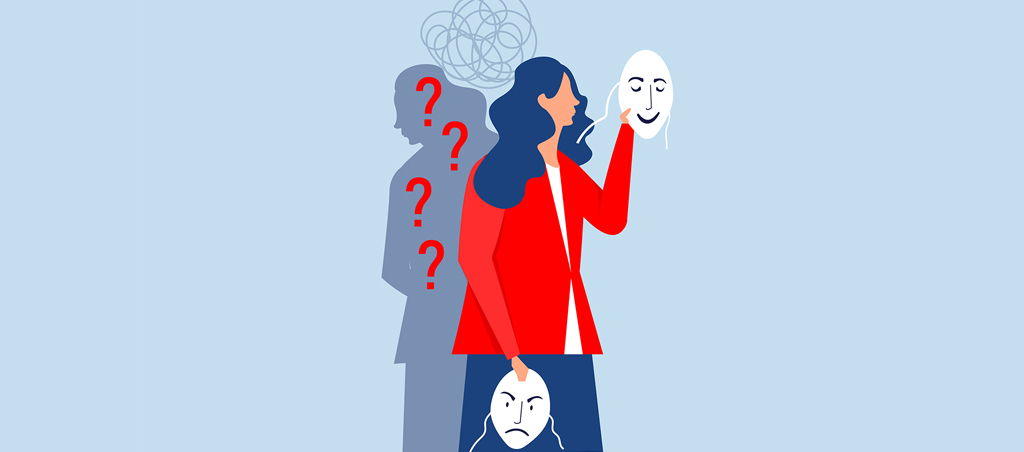
Today I was listening to NPR as I was driving. The discussion centered on new approaches to addiction — and the fact that addiction is now being classified as a “chronic brain disease.” Experts said that 22 million American’s suffer from it. (Add this to the 133 million Americans suffering from a range of other chronic diseases and the tally rises to 155 million Americans facing chronic health issues.)
And guess what one of the successful new treatment strategies for this newly labeled “chronic brain disease” turns out to be? What do practitioners who treat patients with addiction feel is critical for patients if they hope to return to a state of well-being?
“Manage their thoughts,” said both experts being interviewed. The phrase kept coming up: “Managing your thoughts plays a role in recovery.”
Manage the negative Floating Brain. Monkey Brain. The constant chatter of worry, the laser focus on what’s wrong with whatever is happening, or wishing for something else to be happening. Nursing anger, frustration, fear, anxiety, resentment, regret. Ruminating. Getting caught in those states of mind that are linked to setting forth a toxic cocktail of inflammatory hormones and chemicals from brain to body to cell.
During the NPR show there was a pause for a commercial for an upcoming discussion about another rising health condition, the “disturbing rising rates of heart problems in young people.”
We know that heart conditions are related to chronic and acute stress.
Listening to this I thought we just have to find a way out of this American Stress Crisis and what it’s costing us. We just have to.
In my year-long journey to find a way out, to find THE LAST BEST CURE, I test drove everything I thought might help the 155 million Americans who have chronic conditions. Everything that scientists know activates the healing responses of the brain. So that we can walk away from Monkey Brain, and live with a newfound sense of well-being.
I also wanted to help the 145 million who don‘t face chronic health worries — and who don’t want to.
I put every skill I possess as an investigative science journalist to use in the process. And when I listen to the radio for twenty minutes in the car and hear about the range of pain we face, whether from this emotional struggle or that health challenge, I find myself feeling, very deeply in my heart, how much I want to be part of the change.
I hope THE LAST BEST CURE can help pave the way for change. Because it just doesn’t have to be this way.
